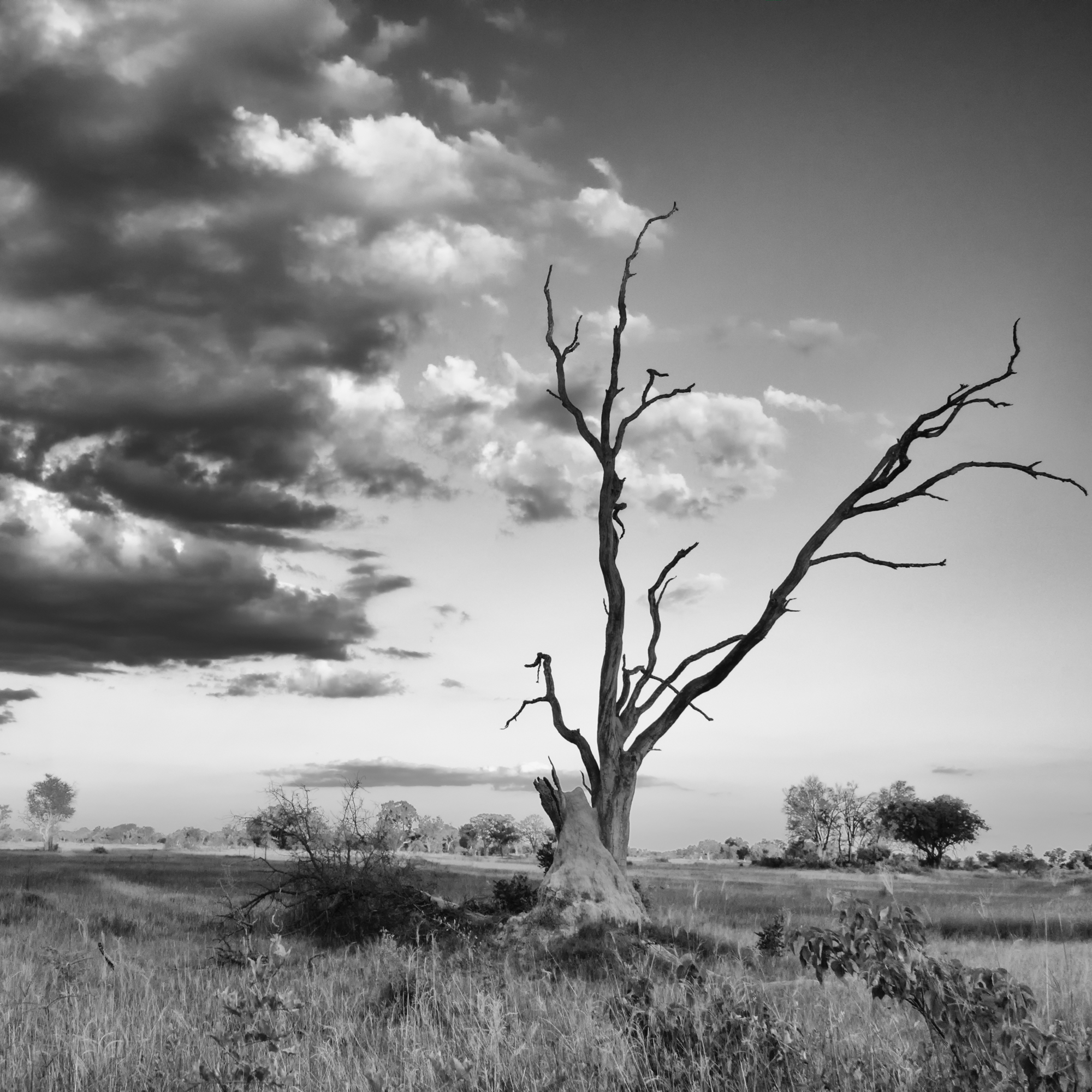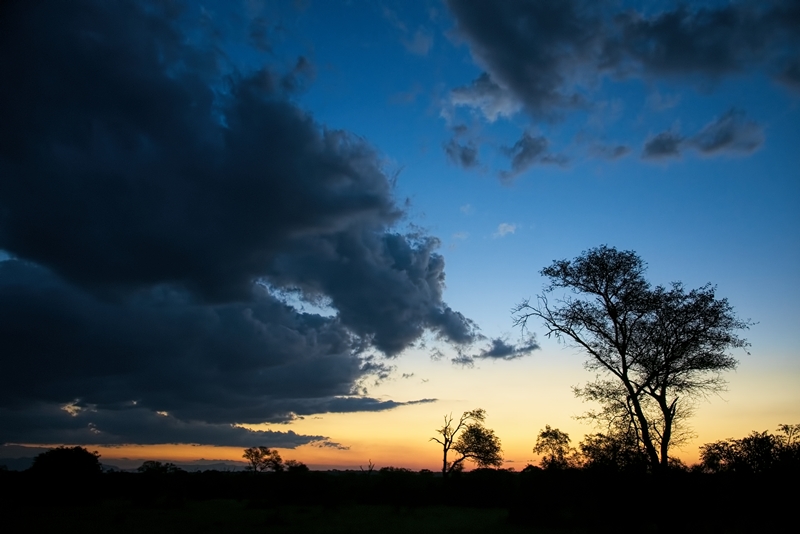
2017-11-27: Monochrome Monday
I was a bit delayed in getting this posted, so I will keep this post nice and brief. Just an elephant at their scratching tree to start the week. I think elephants are a good way to start any week 🙂

Please visit:
www.jennifersawickyphotography.com for wildlife, landscape and nature inspired artwork.
and
https://shopvida.com/collections/jennifer-sawicky for textiles inspired by my photography.
2017-11-22: Wordless Wednesday
2017-11-20: Monochrome Monday
With the nasty weather setting in, I am again dreaming of the warmth of Africa. Here is a memory of Amboseli to start the week.
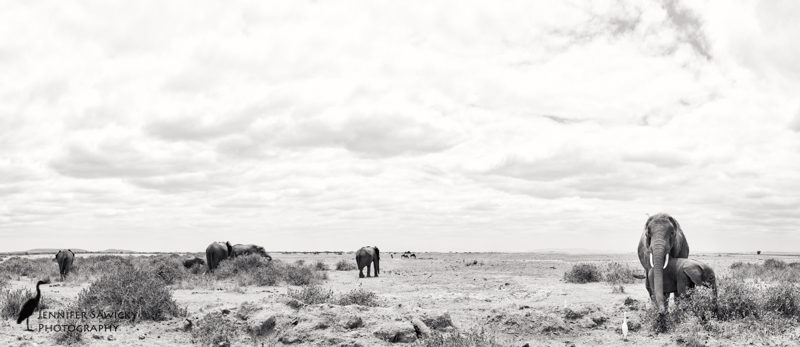
Please visit:
www.jennifersawickyphotography.com for wildlife, landscape and nature inspired artwork.
and
https://shopvida.com/collections/jennifer-sawicky for textiles inspired by my photography.
2017-11-15: Wordless Wednesday
2017-11-14: WPC Temporary
Every moment in nature is fleeting, temporary. The timing of sunrise and sunset shift on a daily basis, the position of the sun, moon and stars differ depending on what time of day or night you look at them, and from where. Seasons shift as the earth moves around the sun. So every photograph taken outside, to capture the beauty of nature, is to capture a moment that will never be exactly that way again.
For me, travel photos feel all the more fleeting. When I capture images around home, there is a sense that I may see something similar again. But on the road, especially when moving from place to place, there is a real sense that you may never have the chance to travel this particular road again.
This photo challenge topic has taken me on a deep dive into my memories, thinking of beautiful moments captured while traveling, and knowing that there are some places I will likely never return to, and others I hold so close to my heart, and dream of daily, that it seems impossible that I would not end up there again

.
Please visit:
www.jennifersawickyphotography.com for wildlife, landscape and nature inspired artwork.
and
https://shopvida.com/collections/jennifer-sawicky for textiles inspired by my photography.
2017-11-13: Monochrome Monday
Starting the week with a bit of elephant love just feels like the right thing to do. 🙂
Wishing everyone a wonderful week ahead.

Please visit:
www.jennifersawickyphotography.com for wildlife, landscape and nature inspired artwork.
and
https://shopvida.com/collections/jennifer-sawicky for textiles inspired by my photography.
2017-11-07: WPC Peek
The photo challenge topic of the week is peek; showing just a glimpse of your subject. It’s a great topic to have while going through safari photos, as sometimes, the best you get on a sighting is a brief glimpse of the animal that you have been tracking.
On this morning, we followed the meandering tracks of a lioness until we came across a very agitated female giraffe. It didn’t take long to find the drag marks into the bushes, and then find the lion with her tiny calf.
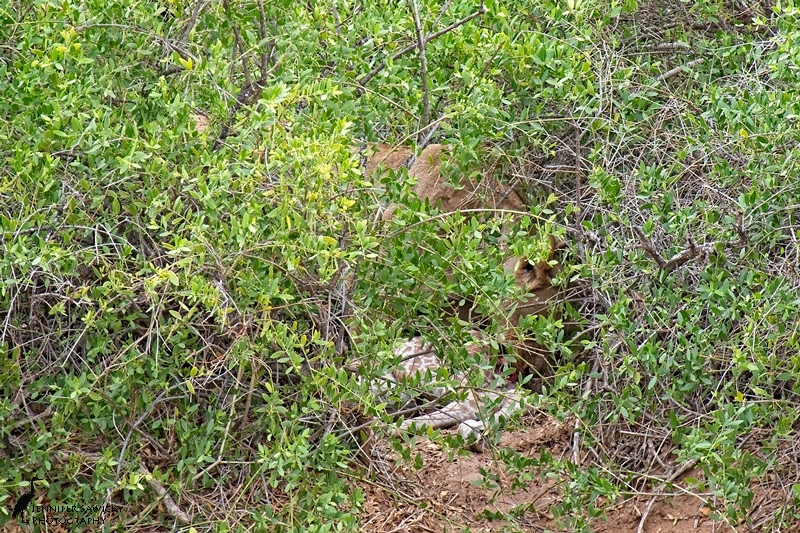
Please visit:
www.jennifersawickyphotography.com for wildlife, landscape and nature inspired artwork.
and
https://shopvida.com/collections/jennifer-sawicky for textiles inspired by my photography.
2017-11-06: Monochrome Monday
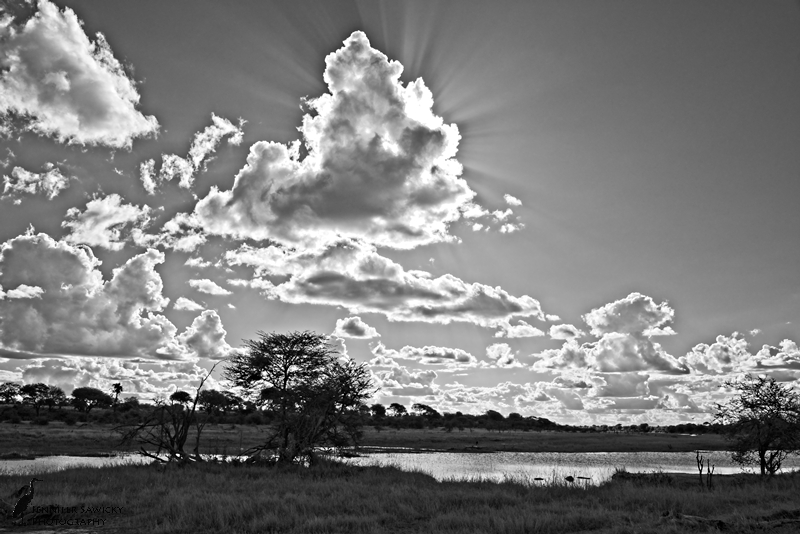
Please visit:
www.jennifersawickyphotography.com for wildlife, landscape and nature inspired artwork.
and
https://shopvida.com/collections/jennifer-sawicky for textiles inspired by my photography.
2017-11-05: Before and After
I decided that this image would be good for a before and after post after finishing the editing, so today I just have the before and after images to share, not all the steps I took to get there.
This image was shot during sunrise whilst on a game drive at Ngala Camp in South Africa. It was quite surreal to have these massive storm clouds, the light from the sun rising, the moon visible and a rainbow all at one time. With so much going on, it was a challenging scene to deal with, and the image ended up rather flat and uninspired.
I decided to edit the single image using Aurora HDR Pro, as I find that the software is great in bringing out the detail and colour in an image, although it can be a little heavy handed at times. Herein lies the editing issue of course; trying to coax the best out of the image you have, without it ending up looking crunchy and radioactive. I layered two different presets within Aurora, blending them at different opacities, and then dialed back the result within Photoshop to find a level of punch that I felt worked for the image, and for my memory of what to scene looked and felt like.
I’d be interested to know any opinions on the edit – did I go too far, not far enough, or just right, based on what I had to work with? Everyone looks at things differently and I am always interested in the reactions of other people.
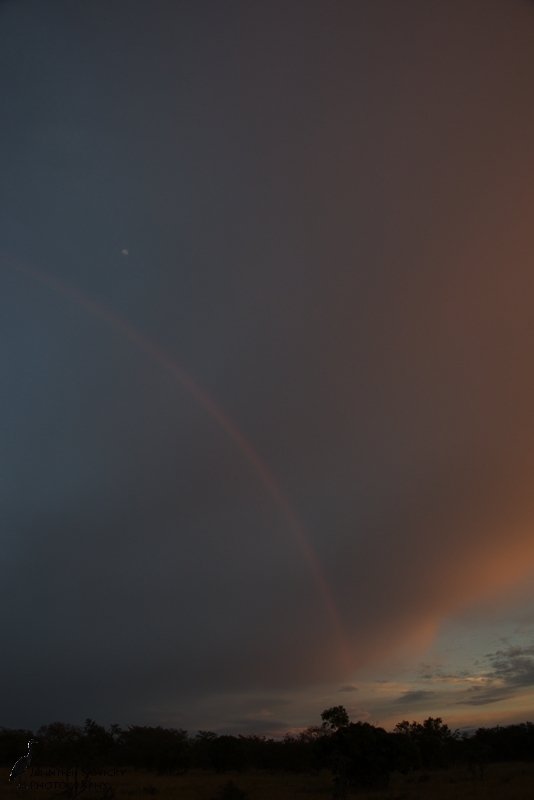
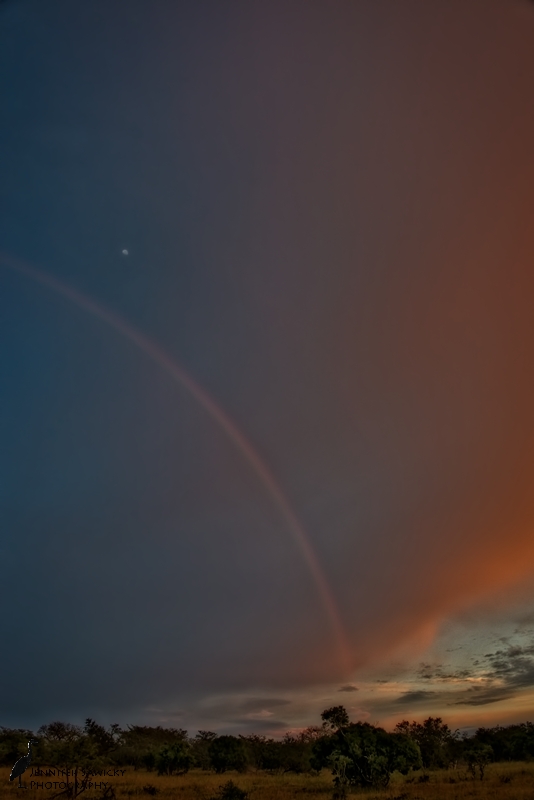
Please visit:
www.jennifersawickyphotography.com for wildlife, landscape and nature inspired artwork.
and
https://shopvida.com/collections/jennifer-sawicky for textiles inspired by my photography.
